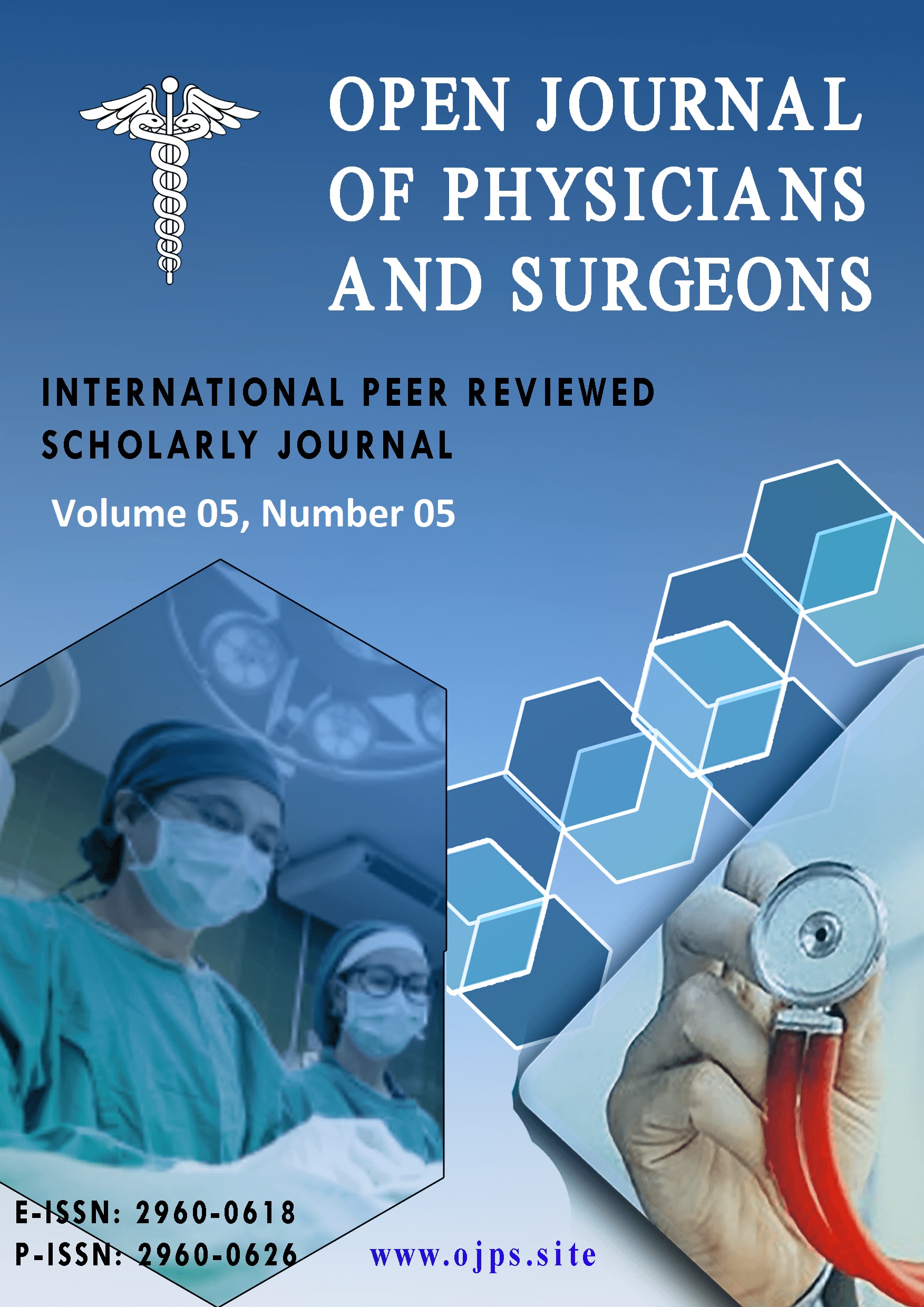Association between Patency of Anastomoses and Technical Features of Coronary Artery Bypass Grafting
Keywords:
Coronary Artery Bypass, Grafting, Anastomoses, Intraoperative Bypass, Imaging DataAbstract
The problem of the patency of aortocoronary bypass grafts arose from the moment of the first direct myocardial revascularization operations and is due to the fact that the effectiveness of coronary bypass grafting depends on the patency of the grafts. Over the past period of coronary artery bypass grafting, a number of studies have been conducted that have provided an objective assessment of the immediate and long-term patency of bypass grafts, identified the main factors influencing their function, and made attempts to predict the likelihood of bypass graft thrombosis depending on its type and clinical manifestations of a number of associated factors, such as diabetes mellitus, dyslipidemia, and the patient’s gender. Three years after coronary artery bypass grafting, the incidence of mammary bypass graft occlusion is about 0.6%, while 95% of bypass grafts remain patency after one year and 10 years. At the same time, the patency of autovenous bypass grafts is 80% by the first year of observation, and 45% by the 10th year. It has been established that 15-25% of performed coronary bypass grafts become occluded or have stenosis in the first year after surgery, with the main reason for this being technical difficulties and errors in performing coronary anastomoses. This could be avoided or significantly reduced if there was objective information about possible dysfunction of the coronary bypass graft


